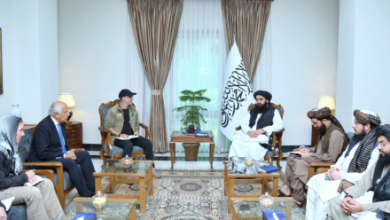Afghanistan: Iran’s Second Largest Trading Partner with Over $3 Billion in Annual Trade
Afghanistan ranks as Iran’s second most significant economic partner after Iraq, with annual bilateral trade exceeding $3 billion, according to Iranian officials. The Dogharoun border crossing in Iran’s Taybad province plays a pivotal role in this trade, supplying goods to Afghanistan’s 40 million-strong market.
Mohammad Ali Khashi, CEO of the Dogharoun Free Trade-Industrial Zone, stated that 90% of Iran’s exports to Afghanistan pass through this border point, primarily reaching Herat province. Iran’s main exports to Afghanistan include diesel fuel, petrol, liquefied gas, industrial raw materials, vehicle spare parts, and machinery, meeting much of Afghanistan’s industrial and consumer needs.
Conversely, Afghanistan’s exports to Iran are significantly lower, estimated at around $50 million annually, according to Khanjan Alokozai, a board member of Afghanistan’s Chamber of Commerce and Investment. Key Afghan exports include mineral stones, raisins, non-alcoholic beverages, vegetable seeds, sesame, and mung beans. Alokozai noted that the similarity between Afghan and Iranian products limits Afghanistan’s exports, but no major barriers exist. He emphasized that improving transit and transportation infrastructure could boost Afghan exports.
Afghan traders also highlight the need to address logistical challenges. They believe that resolving transportation issues, such as enhancing border infrastructure and reducing transit costs, could make Iran a more attractive market for Afghan goods. Experts suggest that strengthened bilateral cooperation, streamlined customs procedures, and improved border facilities could balance the trade relationship.
Currently, Iran is a primary supplier of Afghanistan’s imports, playing a vital role in its economy. However, fully realizing the potential of this trade partnership requires investment in infrastructure, reduction of bureaucratic hurdles, and deeper economic collaboration. Such efforts could not only increase trade volume but also foster economic growth in both nations.





